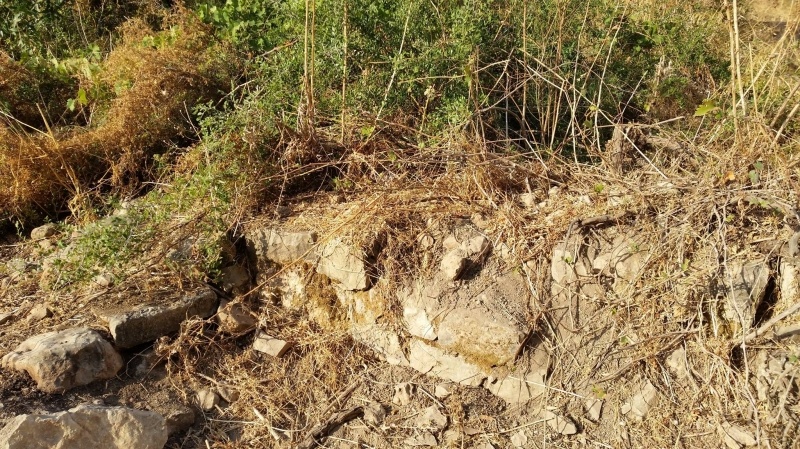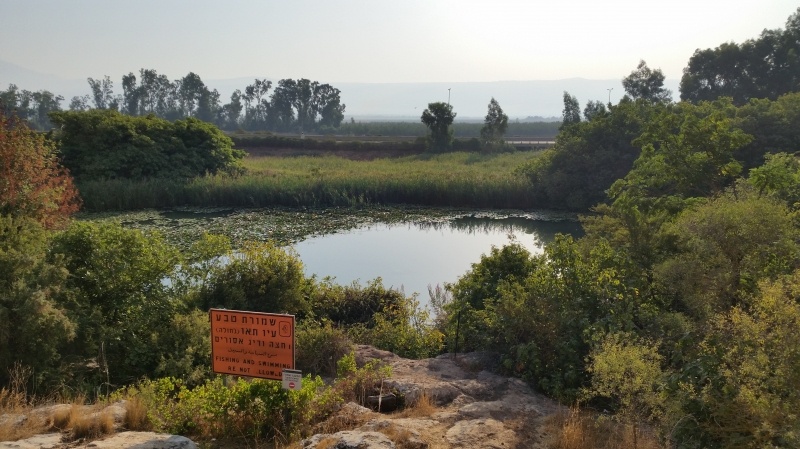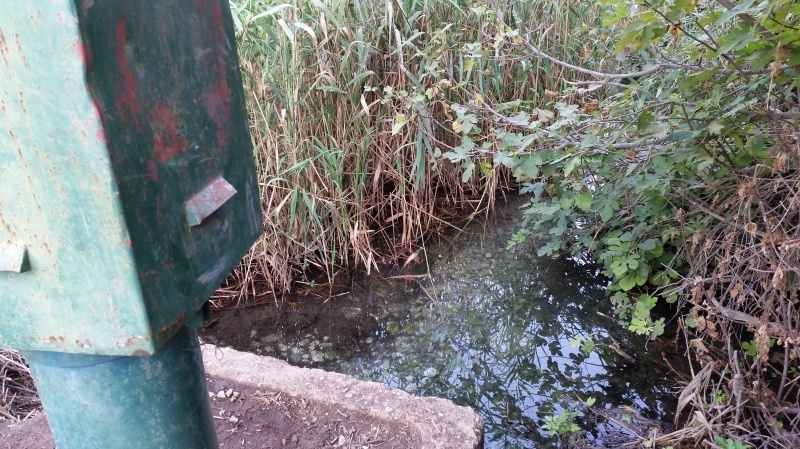Info
District: Safed
Population 1948: 490
Occupation date: 24/05/1948
Occupying unit: Palmah 1st battalion
Jewish settlements on village/town land before 1948: None
Jewish settlements on village/town land after 1948: None
Background:
Jahula Before 1948
The village was situated in the foothills of the Galilee Mountains and overlooked the al-Hula Plain on the western side. It was laid out in a north-south direction along the Tiberias-.-al-Mutilla highway. In 1596, Jahula was a village in the nahiya ofJira(tiwa’ofSafad) with a population of twenty-eight. It paid taxes on a number of crops, including wheat and barley, as well as on other types of produce, such as goats, beehives, and water buffalos. The village mosque, built about 1 km north of the village site, surrounded the shrine for Shaykh Salih, a local religious teacher. Its population was predominantly Muslim. The houses in Jahula were made of masonry. A spring on the northern edge of the village supplied it with drinking water. Although most villagers worked in agriculture, some were employed in the stone quarries north of the village. In 1944/45 a total of 1,626 dunums was used for cultivating grain. Archaeological excavations in 1986 near ‘AynJahula revealed that the site had been occupied from the seventh through the third millennium B.C.
Occupation and Depopulation
Although the exact date of the village’s occupation cannot be determined, Jahula was probably taken towards the end of Operation Yiftach (see Abil al-Qamh, Salad District), around the same time as the seizure of al-Zawiya, 4.5 km to the northeast, and Mallaha,, 3.5 km to the southeast, on 24 and 25 May, respectively.
Israeli Settlements on Village Lands
There are no settlements on village lands. Yiftach is 2 km northwest of the village site.
The Village Today
The only remains of the destroyed village are a few stone terraces. The site is enclosed by barbed wire, and cactuses and trees grow on it. The village spring is still in use by Israelis. Parts of the village land are planted In cotton and watermelons, while other parts are wooded and hilly.
------------------------
Source: al-Khalidi, Walid (ed.). All that remains: the Palestinian villages occupied and depopulated by Israel in 1948. Washington DC: 1992.




